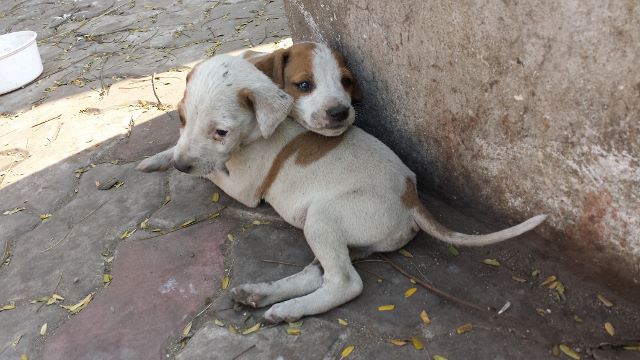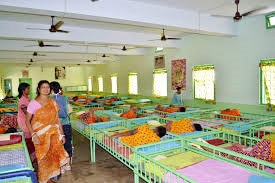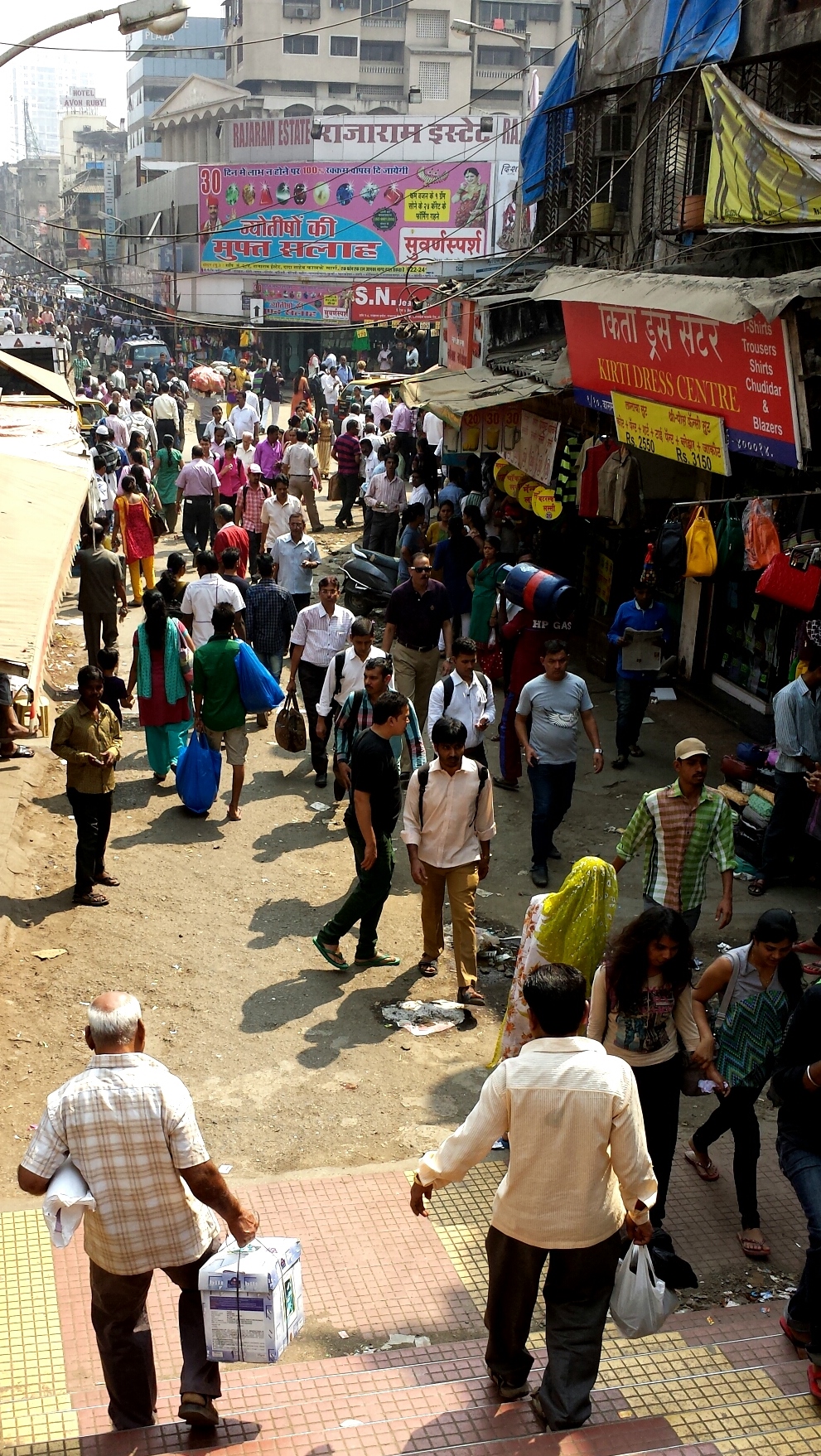I felt like a traitor wearing a ring on my wedding finger as I viewed the resting place of the honest, venerable Mother Teresa. However, it helped me hold up my head as I passed by jeering men on the road to “Motherhouse.” The road between the YWCA and Motherhouse, “Muzalfar Ahmed Street,” feels like a poverty-stricken version of the opening scene of “Aladdin.” In the strip of paved road, children sit on the asphalt, rubbing soap on their legs and wiping them down with fat, grimy sponges. Boney men on bicycles whiz by with dozens of freshly-killed chickens tied to the handlebars. Others sleep on wooden carts, carry vegetables or tourists in them, or tie them to the backs of horses. Only a few sleep directly on the street, somehow capitalizing on the short bursts of silence between unremittent honking.
Motherhouse is worth the journey. It contains a modest courtyard tucked between shops on AJC Bose Road. On arrival, visitors are greeted by smiling nuns dressed in the blue-striped white habits of Mother Teresa. Visitors are encouraged to view “Mother’s” tomb or room, participate in mass, or look at the saint’s sandals and read her quotes in the small museum dedicated to her life’s work. There is a cheerful spirit of attentiveness and sensitivity which the nuns carry with them.

After feeling kneeling next to the tomb, joining a mass of young priests-in-training and studying the quotes next to “Mother’s” tiny, modest room, I must’ve looked tired. One of the nuns called to me, “Come! Sit.” She patted a wooden bench near the entrance. I thanked her and asked her name and what drew her to the house. Sister Ruth smiled gently and told me that her parents had had high hopes for her. Her older sister had gone to medical school and became the publisher of a big, Indian magazine. But that was not her life. Sister Ruth summarized that which the house illustrated: compassion requires time and space. Most of us live our lives drowning in unnecessary possessions and desires. We have so many stimuli filling our heads that it’s nearly impossible to focus on anything, not to mention the preoccupations of others. Being fully present requires us to quiet these distractions and commit to the things we are called to do. Unadorned saris and the rejection of most technologies support the nuns of Mother Teresa’s order in their mission. Simplicity helps them to fully love those that society turns away from.
Mother Teresa said that the people she served hungered for acceptance more than food. Starving was not their biggest concern. They wanted compassion. As I walked back through the roaring road, the heckling men and suffocating dust seemed to disappear. My focus shifted to the sleepers and children. I wondered what Mother Teresa would have done as an overeducated, young woman as I paced back to the safer part of town.
A few hours later, a woman started following me. I sensed her presence and walked faster, “Madam! Madam! Do you want a henna?”
“No, thank you,” I answered regretfully.
She grabbed my hand and placed it on her stomach. “Some milk for my baby?” she asked as she stared directly into my core. She was unmistakably pregnant. “I don’t want money; just milk. You buy here. I don’t want money.”
I froze. My gut screamed at me not to, but she’d somehow created a connection in those two seconds. “Okay,” I said, and jetted over to a man selling it, trying to attract as little attention as possible. “Milk?” I asked. He pulled out a large canister of dehydrated formula.
“350 Rupees.” I calculated the conversion in my head… $5.50 USD… $6.50 NZD.
“That’s one month milk.” She said, “Thank you, madam.”
“It’s okay,” I said shakily, fumbling to get out the correct amount of currency without showing off my wad of cash. That’s 20 rupees less than I’m paying per night at the YWCA here in Kolkata.
I was not quick enough. Another four-foot tall woman showed up beside her, “Milk for my baby, too?” She asked. My gut cringed again, but my mind jumped back to the monetary conversion and then the value of $11.00 for me versus this woman. I suddenly wanted to give the two pregnant women the contents of my wallet. I shoved another 350 rupees at the milkman.
I should have stopped there. I knew in my mind that I needed to get away as quickly as possible, but the women followed me back to the street.
“Thank you. Thank you. What is your name?” They asked.
I remembered Mother Teresa’s quotes about treating “the unwanted” street children as human. I thought of the lasting effects of premature births and visualized the fetus in her stomach. “I’m Erin,” I confessed.
“Thank you Miss Ed-rin. Thank you. Do you like henna?” She showed me the art she’d created on her arm.
“No, but thank you,” I reminded her. “That looks nice; you are a good artist, but I don’t like putting things on my skin. I don’t even like makeup.” I laughed at my allusion to makeup, a luxury that these women will never have to worry about.
“Please, what can I help you with? I don’t like begging… Sometimes I cry about it. I cannot give my children food but I will not let them beg.” I thought of myself in give-and-take situations. I thought of my own desires to give back and all the questions I could ask these women about their lives. I though about my purse and hugged it to my waist.
“Okay, I’d like a henna tattoo, please.”
Immediately, the second pregnant lady took off her scarf and folded it on the ground for me to sit on. I felt awful pressing her clothes onto the dusty sidewalk, but hoped that she saw it as her expression of gratitude that I was not rejecting.
As the first lady squeezed fragrant brown paste onto my palm, I asked about the women’s (nine) children. The mothers did not send them to the streets (like the others that follow me here with balloons and other useless objects). The ladies wanted jobs, but there was is a shortage here and neither had enough capital for anything other than henna. They had been sleeping on the streets their entire lives. They told me about places to avoid and how I should never give money to children because they use it for glue for their parents to sniff.
I would like to be able to end my story here. When my tattoo was finished, I should have snaked away swiftly and shouted, “Thank you! Good luck!” behind me. I’m sure I could outrun them; their legs were half the length of mine. However, one of them asked if I’d like a sari.
I’d been admiring street vendors’ saris since my arrival, but knew that the sellers ripped off blond girls. “Yes, actually, do you know where I can get one for a good price?” I asked.
“Yes, we’ll take you!” My gut screamed, “Run away!” but I really wanted to find a sari to wear to the conference next week. I felt that the ladies could help me and really wanted to. I could tolerate a little more begging if it led to some mutual reciprocation. I’d rather support their children than be ripped off without knowing where the rupees were going.
The tiny, round ladies linked arms with me and we marched to a shop in an open marketplace. The first lady chattered to the shop owner in Hindi and then instructed, “You give her good price.” He pulled out eight pieces of silk material. I wasn’t in love with any of them.
“Thanks, but I don’t really like these.” The ladies looked extremely disappointed. After about five minutes of describing what I was looking for, I found one with red and white, flowers and polka dots that wasn’t too bad.
“1,200 rupees,” the man said.
“How about 800?” I asked.
“900?”
The last place I’d checked wanted 2,000. “Okay.” I searched through my bag for the notes, squishing my poor wet tattoo in the meantime. The ladies looked proud to have facilitated the transaction.
The sun was just starting to set, so I told them that I was going home.
“We’ll take you,” they chimed.
“Okay,” I agreed, mentally exchanging inevitable male stares for the hungry eyes of my new, pregnant beggar friends. “I’m going to say goodbye to you at Park St” (popular street a couple blocks from the YWCA).
Of course, the second lady, who had been more vocal and aggressive than the first (showing me photos of her children and asking directly several times for more money) talked about how cold it was at night and how she needed a blanket for her children (one of whom had a son of her own). We conveniently ended our walk in front of a blanket seller.
I had anticipated this. I honestly admitted, “I don’t have enough money for a blanket with me. Take my sari. You can get at least three blankets for this. I don’t need it.”
They both refused several times. “No, that’s for you, Ed-rin. That’s yours.”
“I have enough saris at home,” I uttered. “I grew up with more than I needed. And I don’t love this one. Trade it back for blankets, please, for your children. Or cut this into scarves and sell them. You are smart and strong ladies. You are good mothers. Teach your children how to make things. Use this silk.”
They refused twice more and then accepted. They hugged and kissed me and finally left me alone, feeling completely unsettled for encouraging that behavior, but not regretting most of it. I learned the next day that asking for milk powder is very common on Sudder Street. Many of the women that do are employed by a mafia-like group.

I’m not sure what to take away from that lesson. In the future, I’ll view giving alms like goals and gambling; I’ll set a goal, know my limit, and walk away once it’s achieved… and never breach my “Only give away opened food” rule (opened so beggars can’t sell it back).
I really believed what I saw in the women’s dark eyes. I know they were hungry. They hungered for empathy. They needed someone to sit with them perhaps even more than their unborn children needed formula to grow out of their slum.


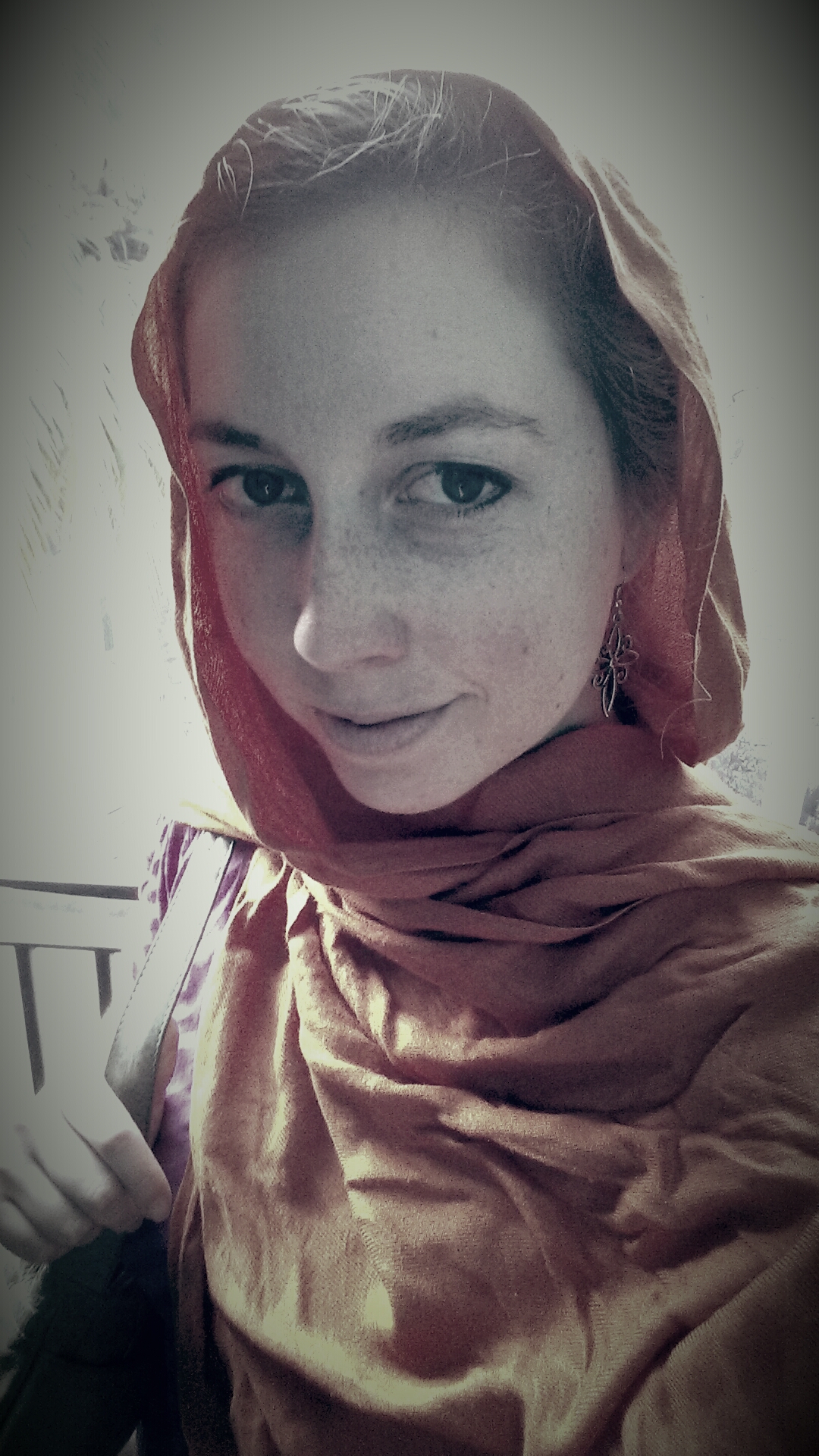
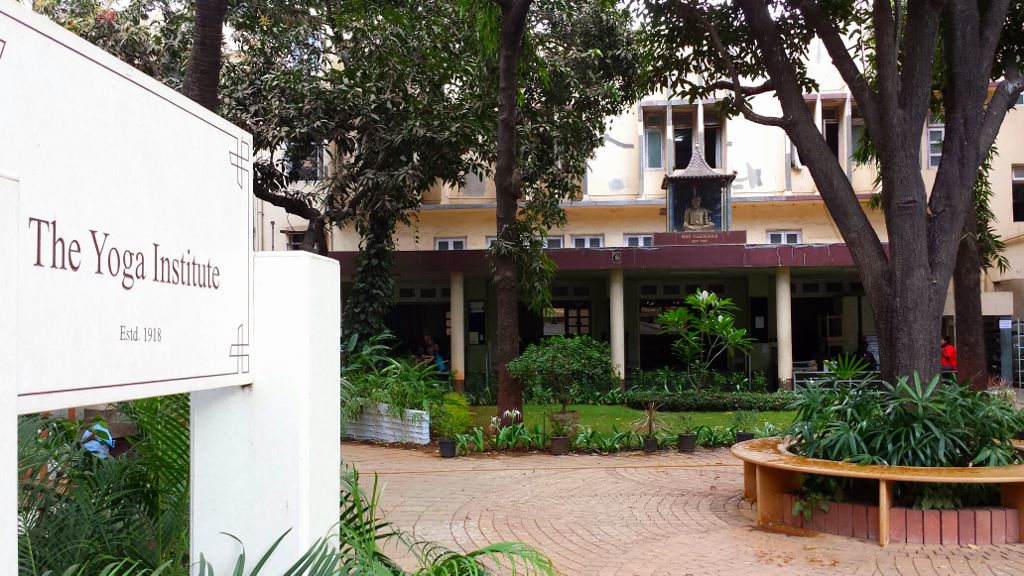
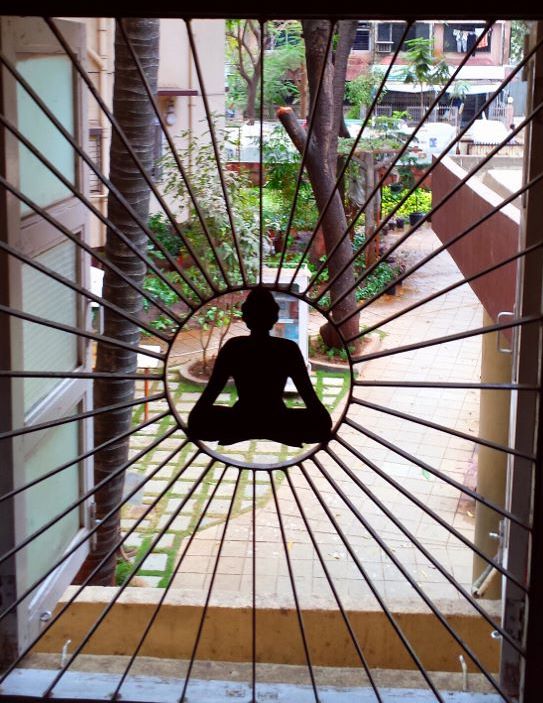
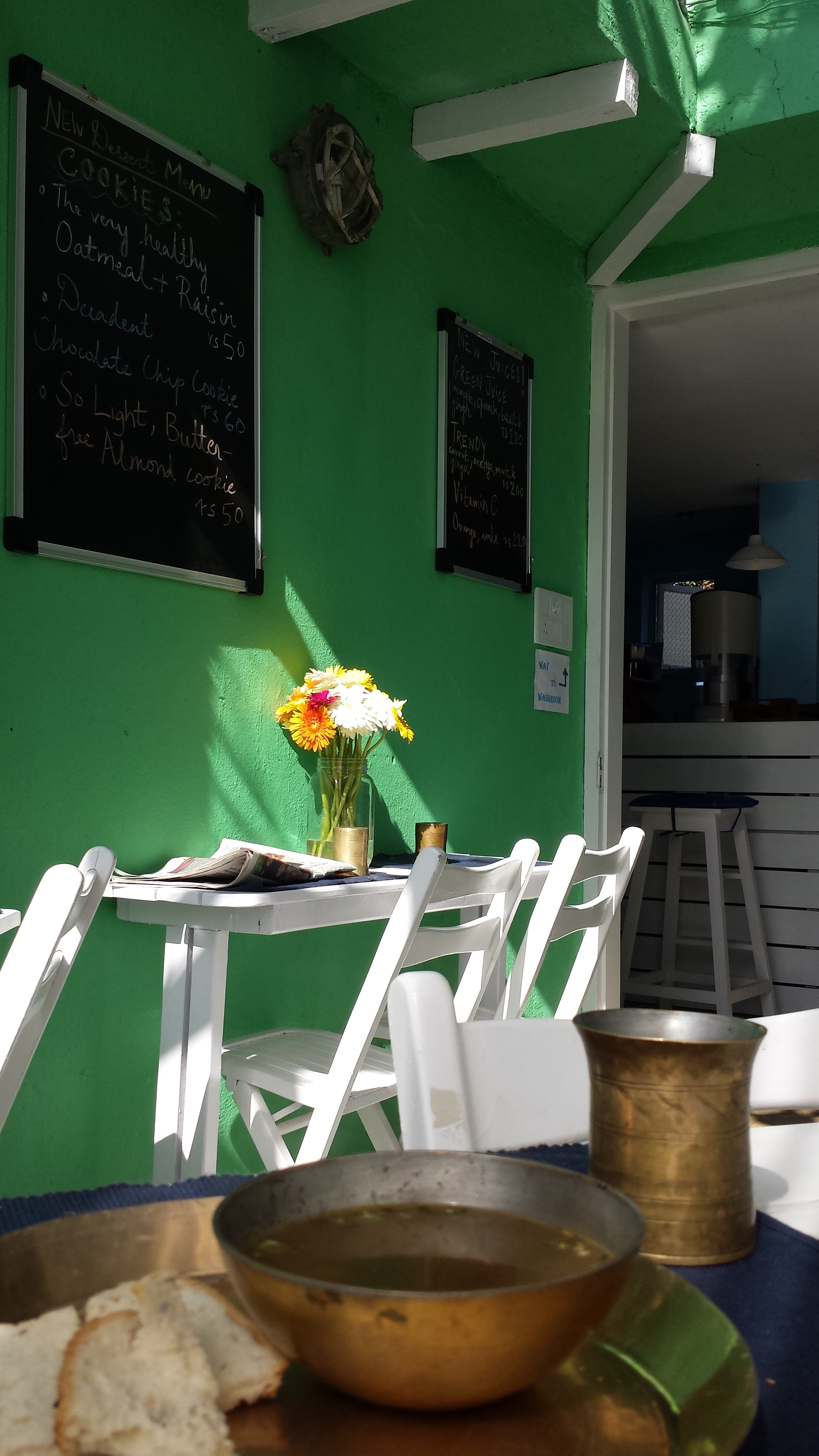
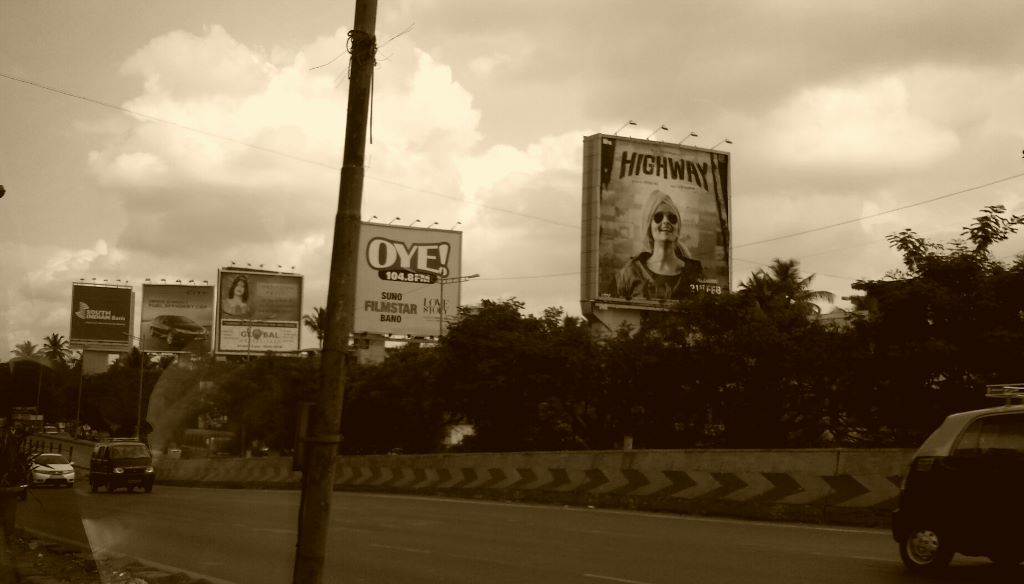
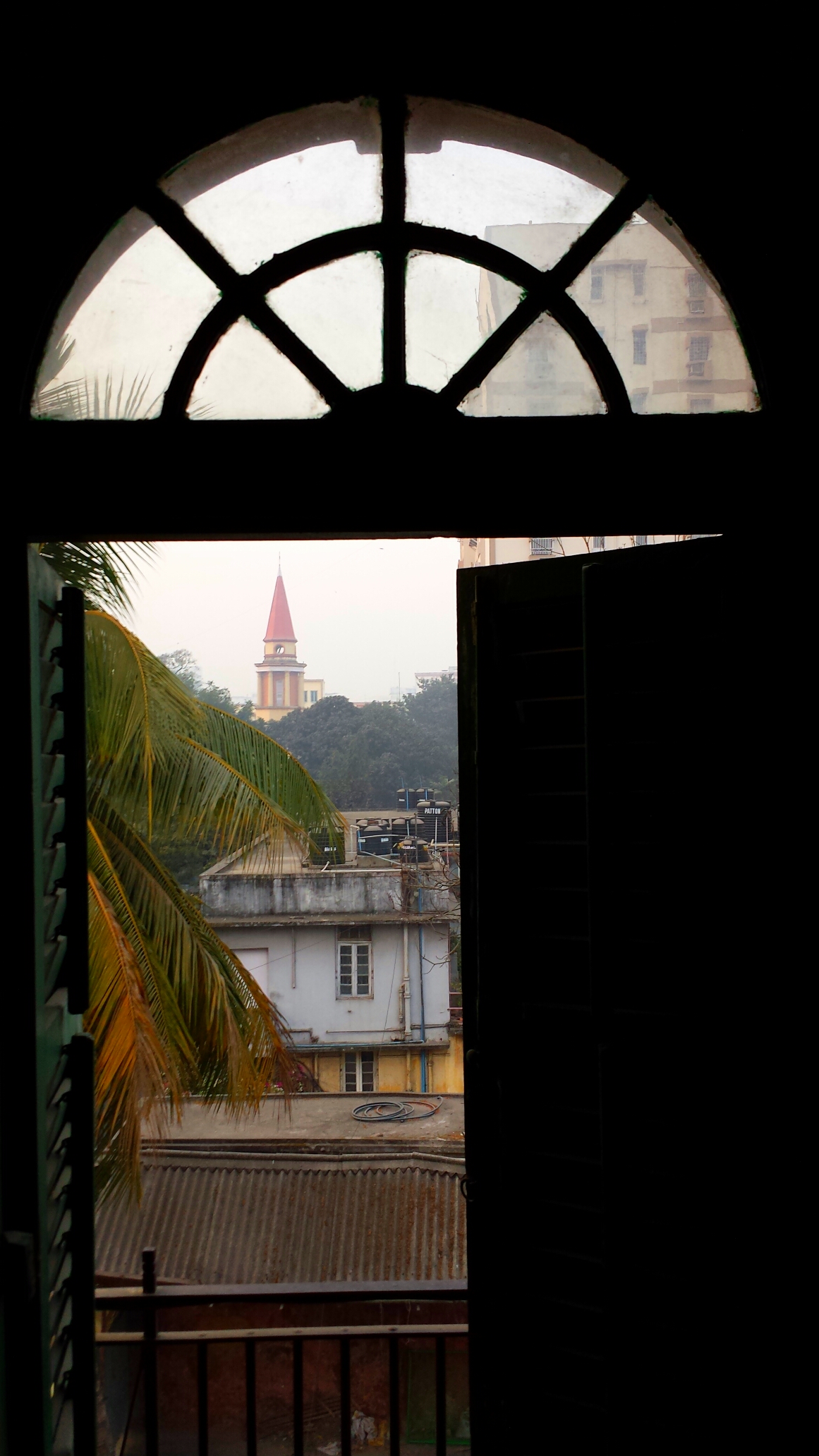
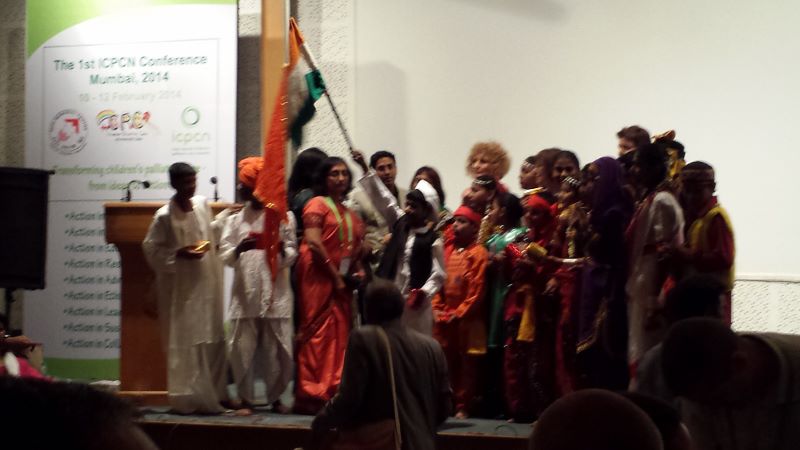
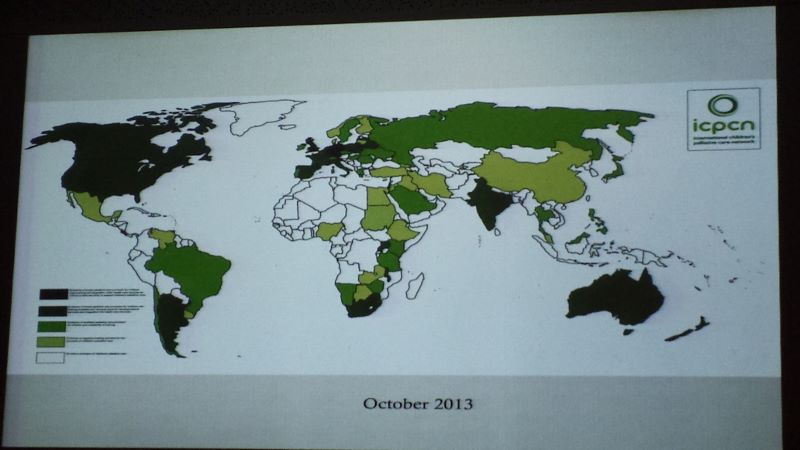
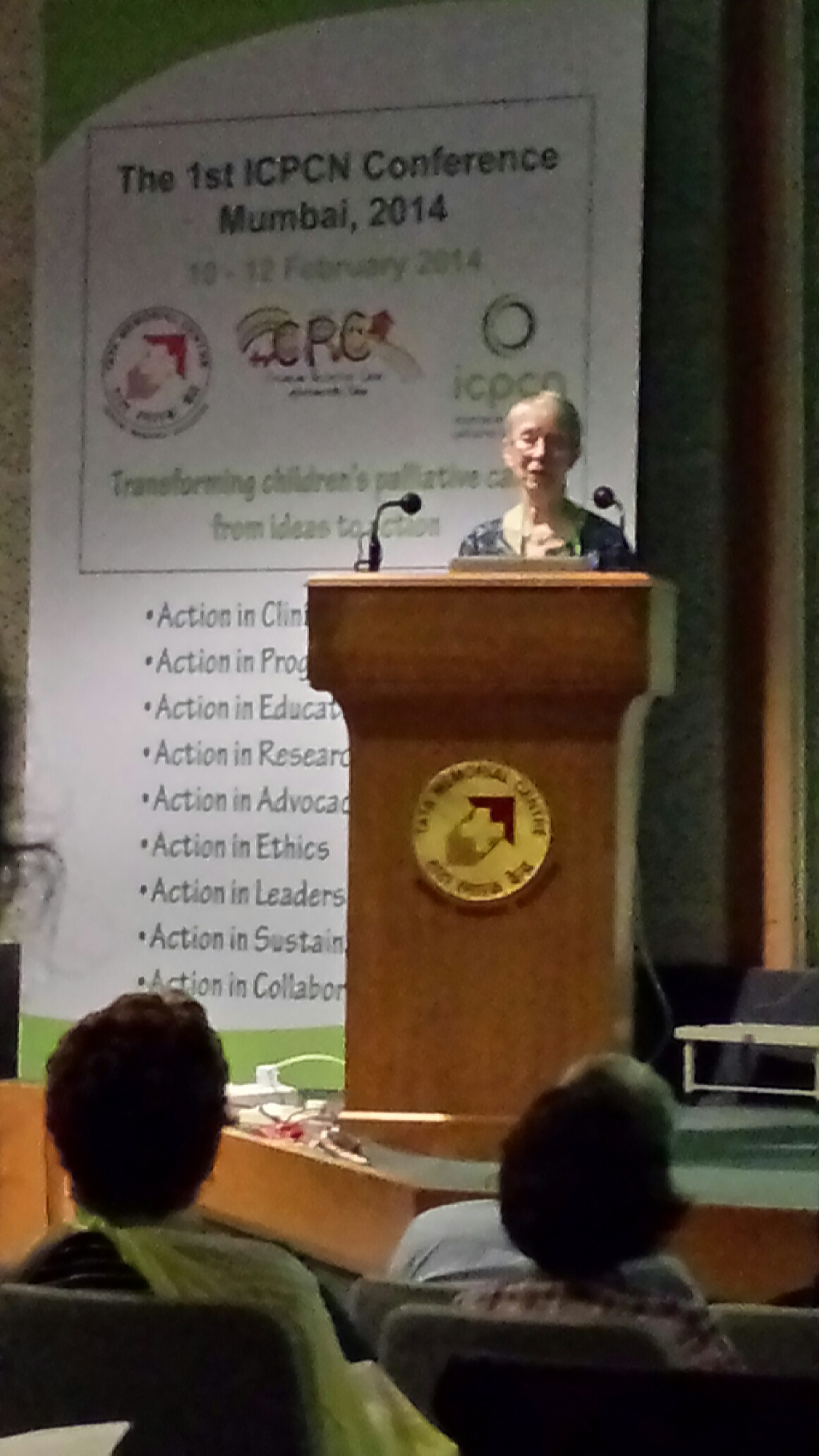
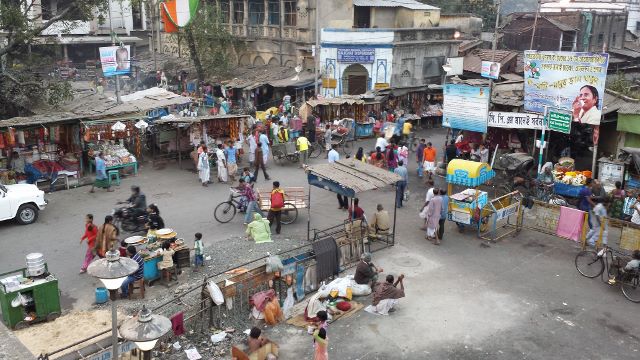
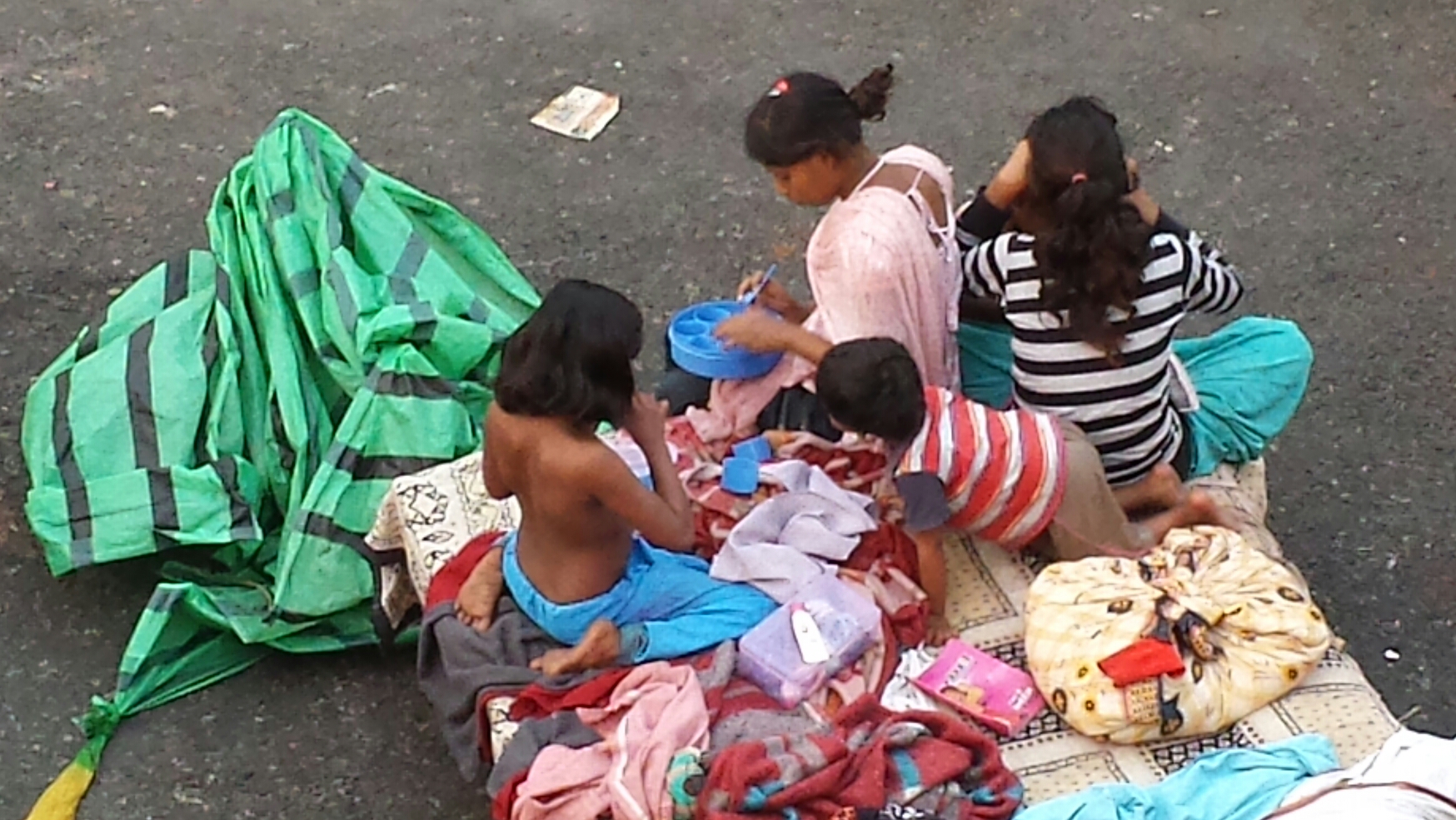
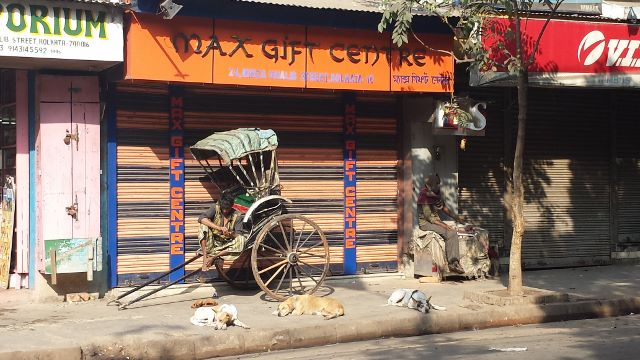
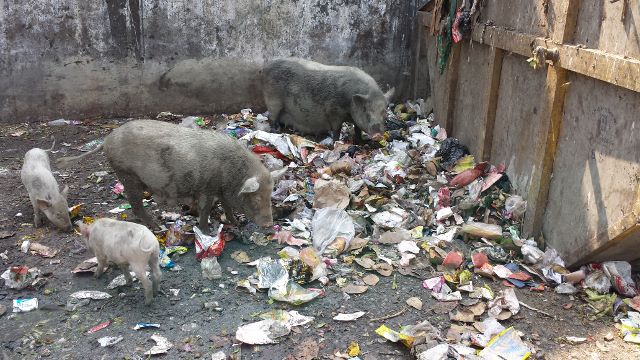
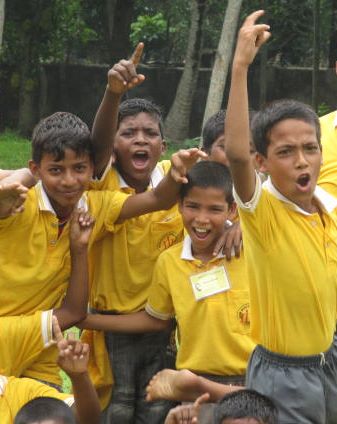
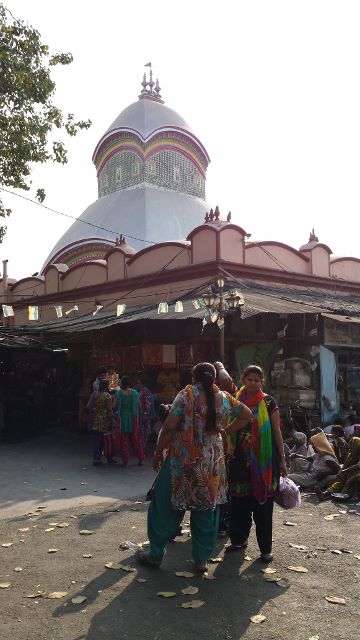
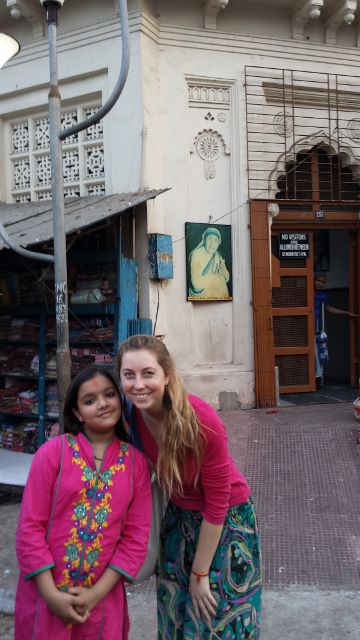

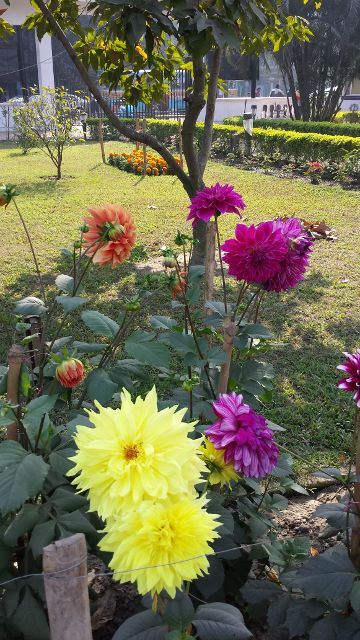
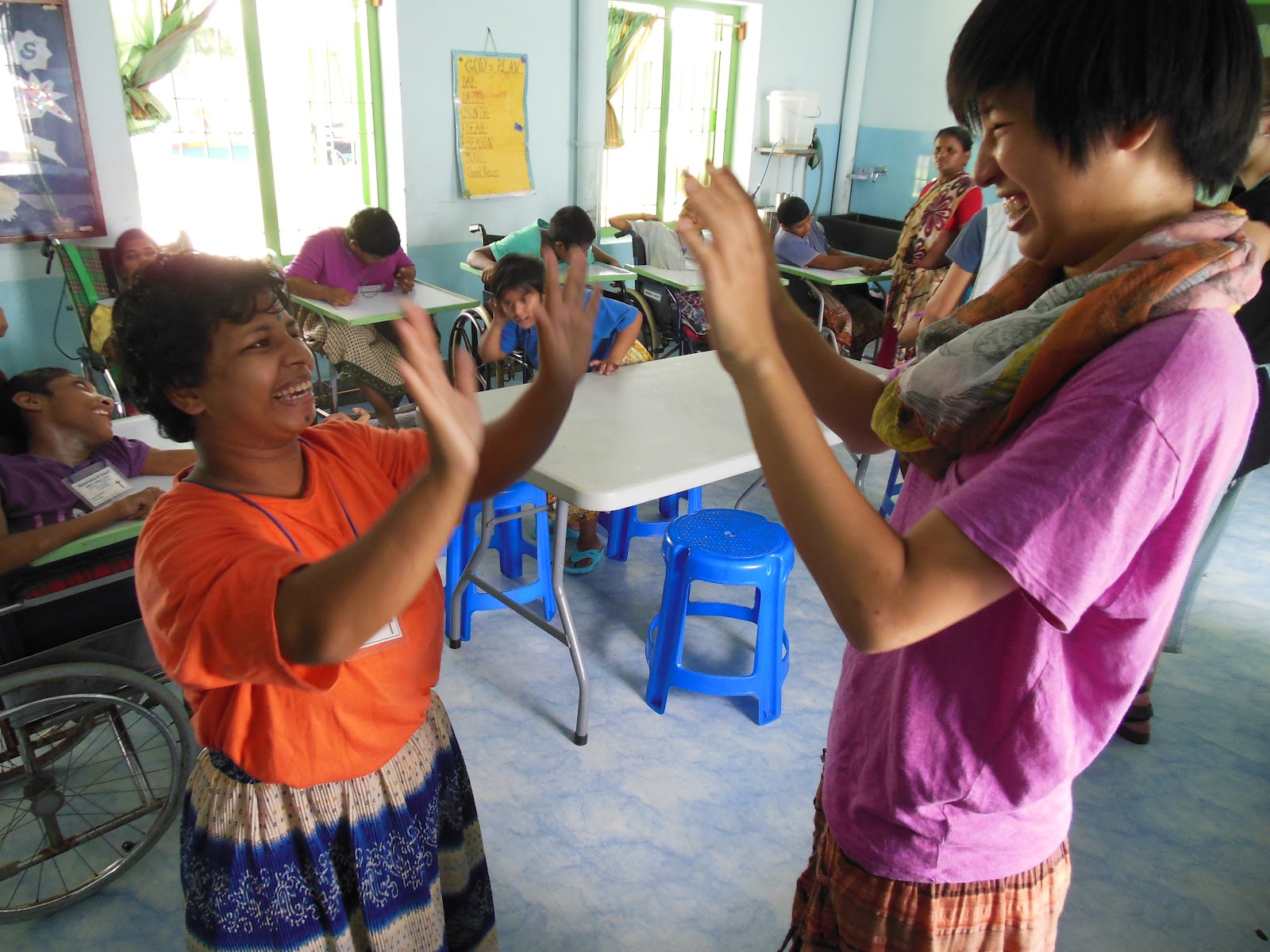
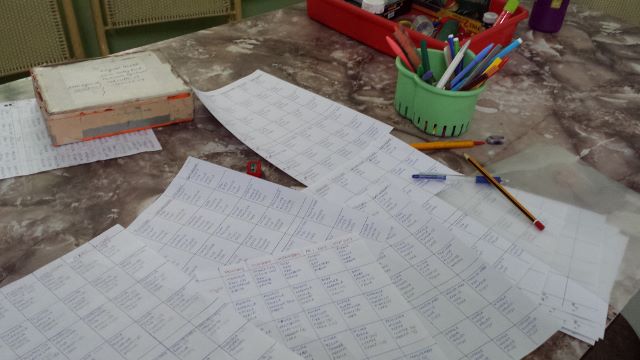



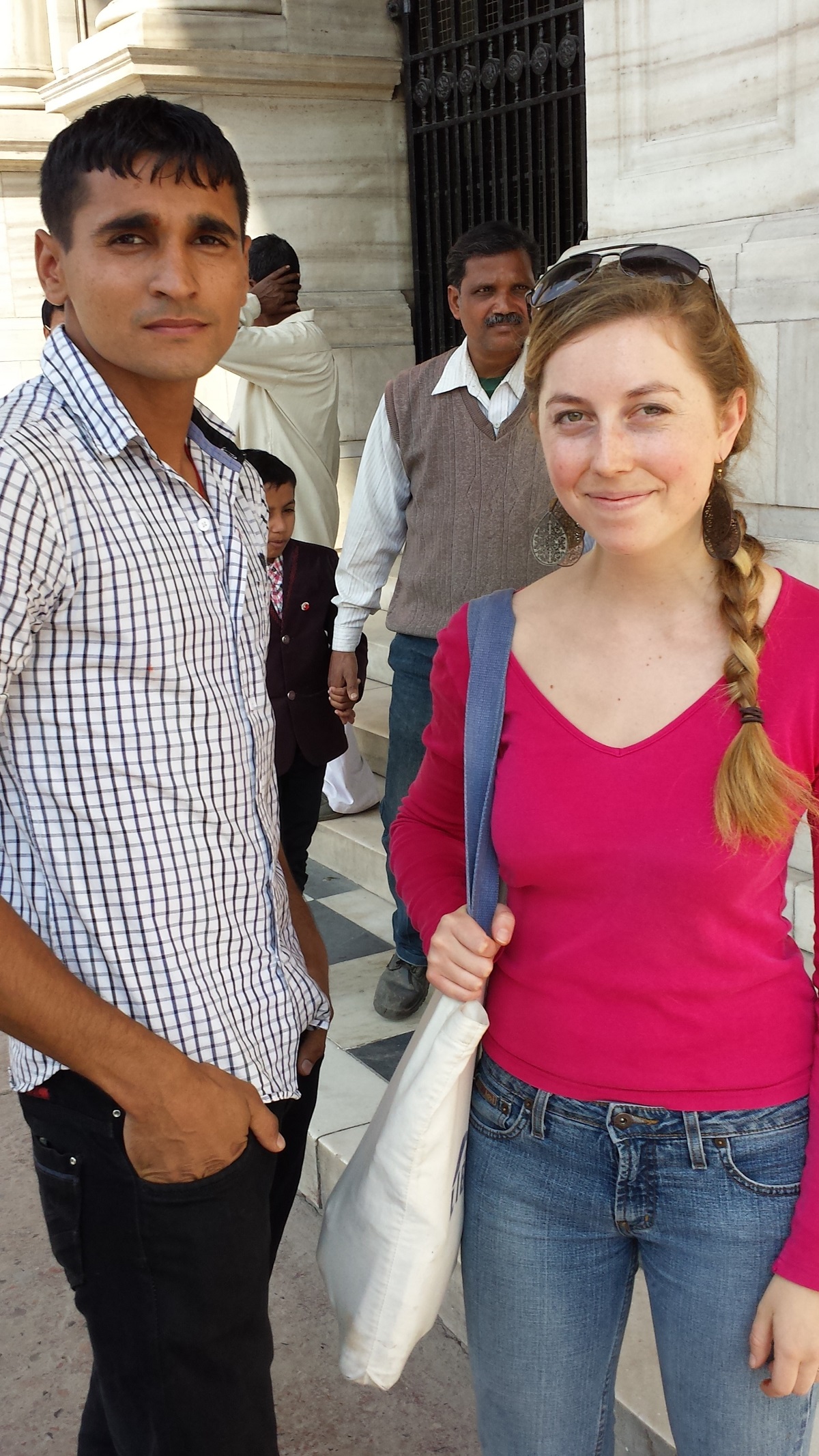
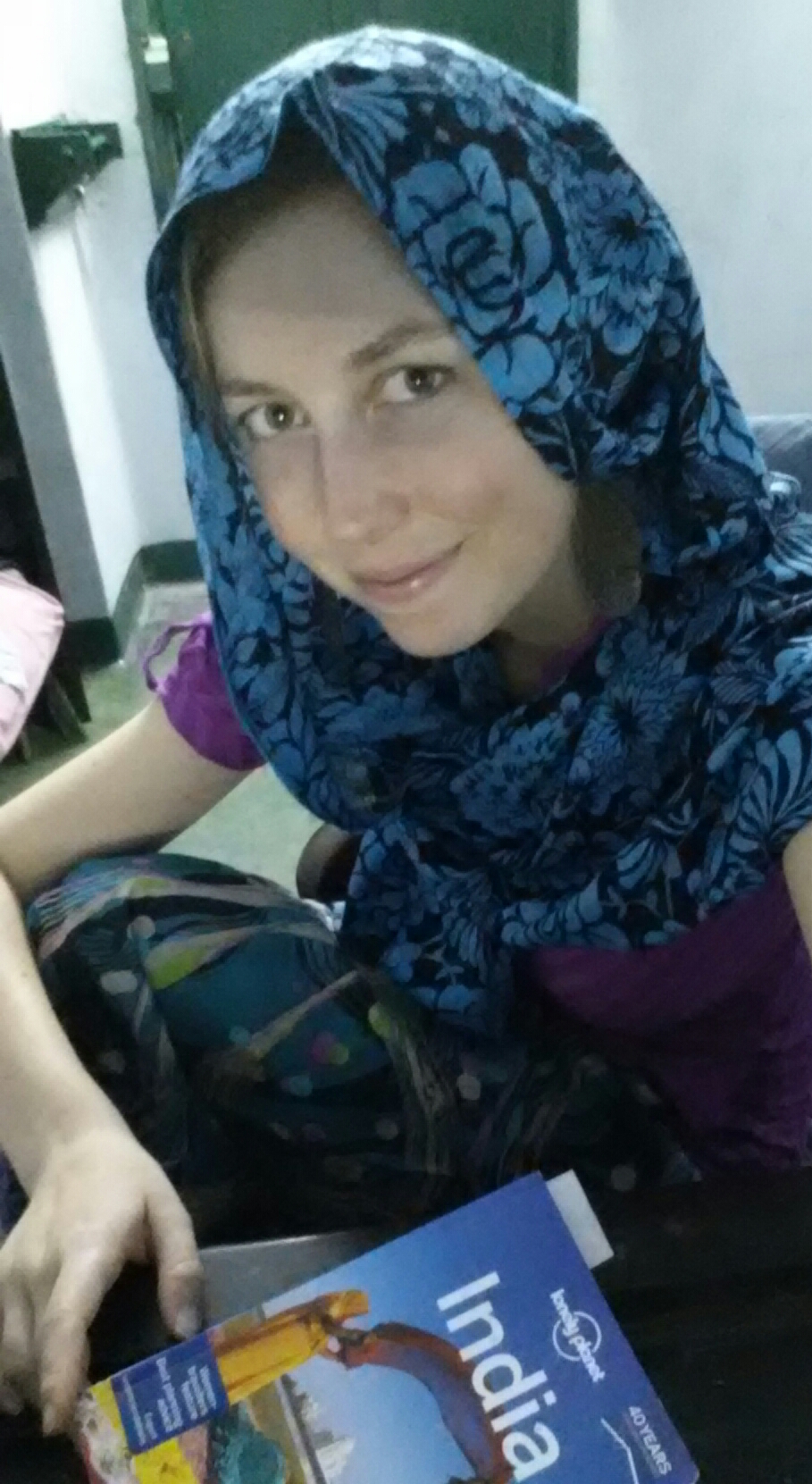 You can buy almost any clothing item you need for 200 rupees or less (the equivalent of about $3 USD).
You can buy almost any clothing item you need for 200 rupees or less (the equivalent of about $3 USD).